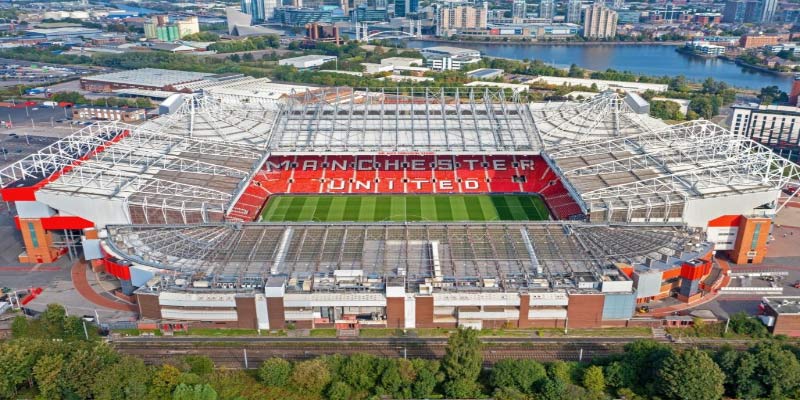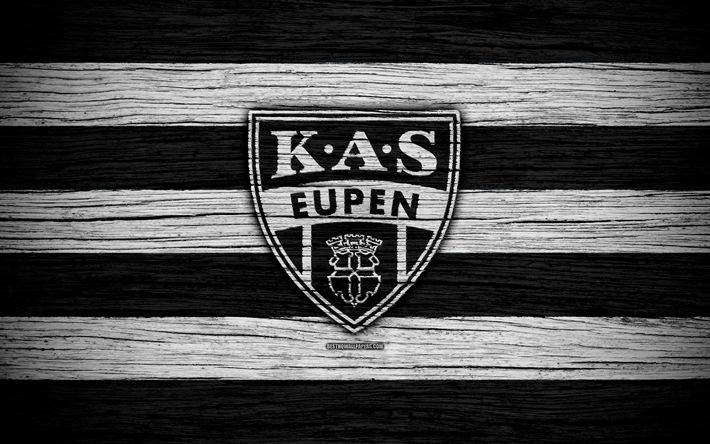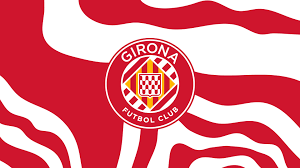
Old Trafford: The Legendary Theatre of Dreams Unveiled!
Old Trafford is more than just a stadium; it’s a legendary arena where history, passion, and football greatness collide. As the iconic home of Manchester United, it has witnessed countless moments of triumph and heartbreak. Fans from around the world gather here to celebrate the beautiful game, making it truly worthy of its title, “The Theatre of Dreams.” Whether you’re a lifelong supporter or a new fan exploring football, platforms like 789win offer exciting ways to engage with the sport. Don’t miss out—tải app 789win today and be part of the action!
Old Trafford: The Theatre of Dreams
As we delve into the depths of Old Trafford, it becomes essential to understand its roots, its evolution over the decades, and the indelible mark it has left not only on English football but also on global culture. From its inception to the modern day, Old Trafford has continuously been a beacon of sportsmanship, pride, and community.
The Origins and History of Old Trafford
To appreciate the magic of Old Trafford, we must look back at its origins and early days. Opened in 1910, the stadium was designed by renowned architect Archibald Leitch, whose vision resulted in a structure that would soon become synonymous with football excellence.
The construction and early years
Old Trafford’s journey began in the early 20th century when Manchester United sought to replace their previous home, Bank Street, which had become inadequate for the growing demands of football. The club envisioned a grand stadium capable of hosting large crowds, and the inception of Old Trafford marked the realization of that dream.
From the outset, the new stadium showcased innovative design for its time. Featuring a distinctive red-brick façade and an initial capacity of around 80,000, Old Trafford quickly established itself as one of the premier venues for football matches. The early years were filled with excitement as the stadium hosted various events, including local derbies, cup finals, and international games.
As the years progressed, however, Old Trafford faced challenges, including World War I and II, during which the stadium was repurposed for military use. Despite these setbacks, the club remained resilient, and the spirit of Old Trafford endured.
Post-war reconstruction and modernization
Following the devastation of World War II, Old Trafford entered a phase of reconstruction that would shape its future. The stadium underwent significant renovations, which included enhancing its facilities and expanding its capacity to accommodate the growing fanbase eager to watch their beloved team play.
The post-war era also saw the reemergence of Manchester United as a dominant force in English football. With legendary manager Sir Matt Busby at the helm, the club achieved great success during the late 1940s and 1950s. Notably, the tragic Munich air disaster in 1958 tested the resilience of both the club and Old Trafford. It was during this time of mourning and rebuilding that the true character of Old Trafford emerged.
How Old Trafford earned its legendary status
Over the decades, Old Trafford became more than just a stadium; it transformed into a symbol of hope, unity, and triumph. The fervent support of its loyal fans played a critical role in cementing its legendary status. When the stands reverberate with the chants of thousands, it creates an atmosphere that is nothing short of electric.
The rich history, combined with iconic moments such as winning the European Cup in 1968 and the Premier League titles in the 1990s under Sir Alex Ferguson, further solidified Old Trafford’s reputation as “The Theatre of Dreams.” The stadium has not only provided a stage for remarkable achievements in football but has also connected generations of fans who have shared their love for the game within its walls.
Iconic Matches and Moments at Old Trafford
The pages of Old Trafford’s history book are filled with thrilling matches and unforgettable moments. This hallowed ground has borne witness to some of football’s greatest spectacles, where legends have been forged, and dreams realized.
Historic victories and unforgettable games
Looking back at the iconic matches played at Old Trafford reflects the sheer brilliance of the game. One cannot forget the epic clashes against fierce rivals such as Liverpool and Manchester City. These encounters often reached fever pitch, creating an electrifying atmosphere that lingers in the memory of those fortunate enough to be present.
Among the most memorable matches is the stunning comeback against Bayern Munich in the 1999 UEFA Champions League final. With mere seconds left on the clock, Teddy Sheringham and Ole Gunnar Solskjær scored two goals that turned despair into ecstasy, clinching the treble for Manchester United. The roaring celebration that followed is etched in the hearts of fans, forever linking them to the mystique of Old Trafford.
Legendary players who made history on this pitch
No discussion of Old Trafford would be complete without mentioning the extraordinary talent that has graced its pitch. Legendary figures such as George Best, Eric Cantona, Ryan Giggs, and Cristiano Ronaldo have left an indelible mark, showcasing their skills in front of adoring fans.
Each player contributed their unique flair and charisma, and their performances elevated the standard of play to unprecedented levels. The memories of their incredible feats, whether it be spectacular goals, dazzling dribbles, or mesmerizing assists, continue to inspire young players and fans alike, perpetuating the legacy of Old Trafford.
The evolution of Manchester United’s dominance
With each passing decade, Manchester United’s influence over English and European football grew exponentially, particularly during the 1990s and early 2000s under Sir Alex Ferguson. Old Trafford served as the launching pad for numerous titles and accolades, establishing the club as a dominant force.
As the landscape of football evolved, so too did the expectations placed upon the club. Success bred success, and the ambitions associated with Old Trafford became intertwined with the rise of modern football. Today, the stadium remains a focal point for aspiring athletes and a pilgrimage site for fans worldwide who yearn to witness the allure of the Theatre of Dreams firsthand.



